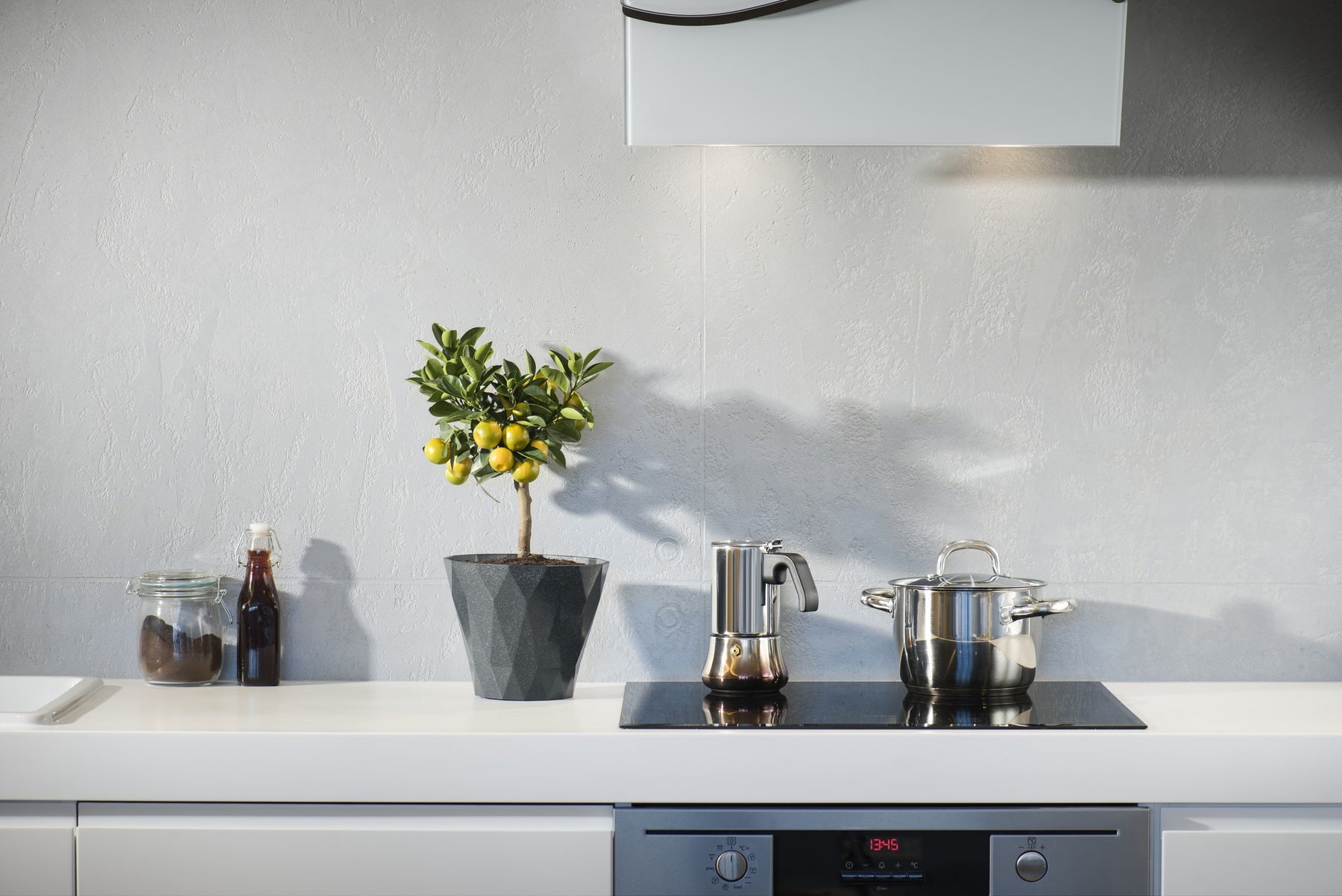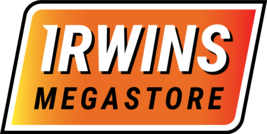
Solid Plate vs Ceramic vs Induction, Different Electric Hob Technologies
When cooking, there is more to it than preparing and mixing selected ingredients to create a dish. It is a given that a person’s cooking skills are relatively significant when making a meal. But, aside from this, the cooking hob, pots, and pans also play an essential role in cooking; the hob transfers heat onto the pot or pan to properly cook the food.
Cooking hobs can affect cooking performance and energy efficiency; thus, when households want to have a more efficient kitchen appliance when preparing meals, it is vital to consider which cooker to get for their home.
For the past decades, conventional gas hobs have been commonly used in homes. But technological advancements have allowed cooking technology to progress. Now, homeowners can use electric hobs for cooking food. Electric hobs, as the name suggests, are run by electricity. Many households now prefer to use this type of hob as it is a lot easier to use.
With hobs, households do not only decide whether to use gas hobs or electric hobs. Suppose they choose to buy an electric hob; in that case, they also need to consider which type to buy. Generally, there are three types of electric stoves: solid plate, ceramic, and induction, and each has its respective advantages and disadvantages.

Solid Plate Hobs
Solid plate hobs are made up of metal plates that use electricity to heat up. This type of electric hob typically comes cheaper to purchase than other models; however, it is more expensive to run. While solid plate hobs are easy to use, they can be challenging to clean, particularly when food gets trapped under the plates.
This type of hob offers good heat distribution when cooking, primarily when pots and pans with a flat base are used. Though solid plate hobs have excellent heat distribution capabilities, they are less efficient when compared with the other models. This is because they do not allow precise heat control and are relatively slow to heat up and cool down. Solid plate hobs also give off a significant amount of residual heat, the heat that stays or lingers after something has been heated up.
Here are some of the key advantages and disadvantages of solid plate hobs:
Advantages
- Cheaper than other models
- Easy to use
- Good heat distribution
- Sturdy
- Suitable for cast iron cookware
Disadvantages
- More expensive to run
- More challenging to clean
- Less efficient than other models
- Temperature is difficult to control
- Slow to heat up and cool down
- It gives off a significant amount of residual heat

Ceramic Hobs
This type of electric hob has ceramic glass that covers the heating elements of the cooking hob, which are responsible for transferring heat to the cookware. Such heating elements can be radiant, halogen, or semi-halogen elements.
Ceramic hobs have been the most common cooking hob type. Households prefer these types of cooking hobs because of the various advantages they offer. For one, they work well with all kinds of cookware, unlike induction hobs. Furthermore, due to their smooth surface, ceramic cooking hobs provide a sleek and smooth design that complements modern kitchen designs. They also are much easier to clean.
However, this type of electric hob is becoming outstripped by modern cooking hob technologies that have primarily addressed the drawbacks of ceramic hobs.
Like solid plate hobs, ceramic hobs take time to heat up and cool down. Cooking temperatures when using this cooking hob is also difficult to control. This makes it challenging to manage the cooking process of food. For example, the person cooking needs to bring the food down from a boil to a simmer.
In contrast, ceramic cooking hobs do not have good heat distribution capabilities when compared with solid plate hobs. Though the heat produced transfers through the pot and pans used during the cooking process, the glass surface also tends to heat up. Persons using the cooking hob may burn themselves accidentally, even when the appliance has been turned off.
Here are the key advantages and disadvantages of ceramic hobs:
Advantages
- Cheaper to buy than induction hobs
- Easy to clean
- Sleek and smooth design
- Suitable for all types of cookware
Disadvantages
- More expensive to use than solid plate hobs
- Slow to heat up and cool down
- Poor heat distribution
Induction Hobs
This type of electric hob is gaining popularity over recent years because of its modern and stylish design. Its advantages have addressed the problems with ceramic and solid plate cooking hobs, mainly their energy efficiency and user-safety and heat distribution capabilities.
Induction cooking hobs use electromagnetism rather than gas or electric heating elements to heat cookware. They create a magnetic field between the hob’s induction elements and the pan or pot. Hence, all of the heat is generally generated in the cookware. This means that while the pan is heating up, the glass surface of the hob remains cool.
Another advantage of using induction hobs is that they can change temperatures quickly, allowing people to make cooking adjustments easily. It also gives off very little residual heat, making them a more efficient and safer appliance for households with young children, and is trying to cut costs with utilities.
However, despite the various advantages of induction hobs, there are certain drawbacks to them. As this type of hob uses electromagnetism, not all cookware is suitable for use. Homeowners will need to invest in steel or cast-iron pots and pans. In addition, another disadvantage of the induction hob is it is more expensive to buy than other models.
Here are the key advantages and disadvantages of induction hobs:
Advantages
- More efficient than other electric hob models
- Easy to clean
- Quick to heat up
- Easy to control cooking temperature
- Leaves little residual heat
- Safer to use
- Only heats the part of the hob that is in contact with the cookware
Disadvantages
- More expensive than other models
- Not all cookware is suitable
Conclusion
Choosing the right hob will make the cooking process more seamless and the cooking experience richer. To effectively select the cooking hob for their homes, homeowners need to consider their cooking style, the type of food they cook, as well as their family’s lifestyle. They also must weigh the pros and cons of each kind of electric hob, depending on their needs and priorities. They should deliberate whether the household needs a hob that quickly heats up, a hob that is gentle and responsive to cooking temperature adjustments, or a hob that is efficient at distributing heat well across the base of the cookware.
But, aside from selecting the right kind of cooking hob, residents should also consider where they should buy their solid plate, ceramic, or induction hob in Waterford or other parts of Ireland. They must select a reputable retail store that offers high-quality electrical appliances and other technology products.
Sources:
